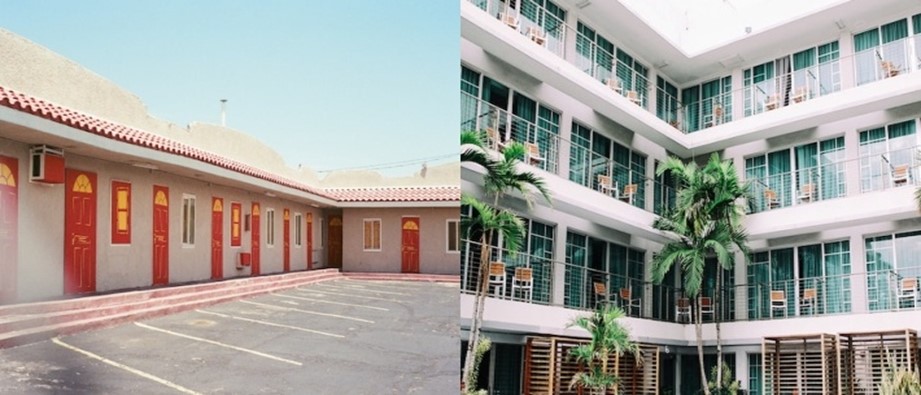
Key Differences Between Hotels and Motels: Size, Amenities, Pricing, and Accessibility
Travelers often find themselves faced with choices when searching for accommodations, particularly when it comes to motels and hotels. While both provide lodging, they cater to different needs and preferences. Understanding the key differences between these two types of establishments can help you make a more informed decision on your next trip. Here are six essential contrasts to consider:
1. Size and Layout
One of the most noticeable differences between hotels and motels is their size and layout. Hotels tend to be larger, often featuring multiple floors and a variety of amenities such as restaurants, bars, pools, and conference rooms. They typically have a central lobby and staff available to assist guests, creating a more leisurely experience.
In contrast, motels are usually smaller, often comprised of a few single-story buildings with rooms that open directly to the outside. This layout allows for easy access to parking, making motels an appealing option for those traveling by car.
2. Amenities
When it comes to amenities, hotels generally offer a wider range of services. Guests can often expect room service, mini-fridges, hair dryers, Wi-Fi, and other conveniences such as bathrobes and high-quality toiletries. Hotels also tend to provide various complimentary items like shampoo and soap.
On the other hand, motels focus on basic accommodations. While some may provide limited amenities such as a simple continental breakfast or a laundry room, the offerings are minimal compared to hotels. This simplicity often results in lower overall costs.
3. Pricing
Cost is another significant factor that differentiates hotels from motels. Hotel prices can vary widely, usually starting at around $100 per night, depending on factors like location, size, and quality. Motels, however, typically offer more budget-friendly rates, often below $100 per night, making them an attractive option for those seeking affordable lodging.
4. Duration of Stay
Hotels are designed to accommodate both short-term and long-term stays, making them suitable for travelers looking for a few nights or even several weeks of lodging. Many hotels have adapted to the trend of ‘slow travel,’ providing extended-stay options for guests who wish to immerse themselves in their destination.
Conversely, motels are primarily geared toward shorter stays. They cater to road travelers needing a quick overnight stop rather than extended visits, with most reservations lasting only one or two nights.
5. Location
The location of these establishments also varies significantly. Motels are often found on the outskirts of cities or along highways, designed for travelers seeking convenient and accessible lodging during their journeys. In contrast, hotels are typically located in more desirable areas, often near airports, urban centers, or tourist attractions.
6. Accessibility
Accessibility is another important distinction. Hotel rooms are accessed from within the building, which may involve navigating through hallways and using elevators. This can sometimes make it cumbersome to transport luggage.
In contrast, motels feature external entrances to their rooms, allowing guests to park right outside their accommodations for quick and easy access. This setup is particularly beneficial for those traveling with heavy bags or equipment.
Whether you’re opting for a hotel or a motel, understanding these key differences can enhance your travel experience and help you choose the right accommodation for your needs.

